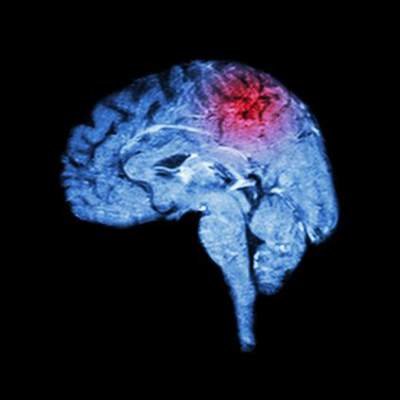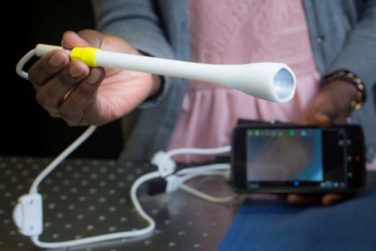FROM SCIENCE TRANSLATIONAL MEDICINE
Anodal transcranial direct current stimulation (tDCS) combined with motor training in stroke patients led to greater improvements in motor function, compared with motor training alone, in a double-blind randomized trial that was controlled with a sham intervention.
“We report long-term improvements in upper limb ability in patients receiving repeated sessions of anodal tDCS to the ipsilesional motor cortex compared to the sham-treated group when tDCS was paired with motor training. We also found that these clinical improvements were associated with increased activation of ipsilesional motor cortical areas,” said Claire Allman of the University of Oxford (England) and her colleagues.
Participants in the U.K. study included 24 individuals, who had had a single unilateral ischemic or hemorrhagic stroke affecting motor function in the contralesional hand at least 6 months prior to the start of the study. All patients participated in nine daily, supervised, 1-hour weekday sessions of the motor training program, the Graded Repetitive Arm Supplementary Program . For the first 20 minutes of each session, brain stimulations via tDCS electrodes were delivered to 11 patients comprising the experimental group. The 13 patients in the control group received a sham treatment, while electrodes were positioned on their scalps, during the first 20 minutes of each session. The researchers used the Upper Extremity Fugl-Meyer Assessment, the Action Research Arm Test, and the Wolf Motor Function Test to assess upper limb function before and after each patient’s sessions. Neuroimaging analyses were performed using MRI on 11 participants in the experimental group and 11 participants in the control group, both before and after the interventions, as well.
Patients who received the anodal tDCS earned greater scores in the Action Research Arm Test (P = .045) and the Wolf Motor Function Test (P = .001) than did patients in the control group, at 3 months following the intervention. The differences between the Extremity Fugl-Meyer Assessment scores of participants in the two groups at the same point in time were not statistically significant.
There were also “greater increases in [functional MRI] activation and gray matter volume in ipsilesional motor cortical areas in the anodal tDCS group compared to the sham group,” the investigators reported.
Among the researchers’ suggestions for future research on the effects of tDCS on stroke patients were for such studies to include more patients, a less intensive motor training regimen, and a group of patients who receive tDCS without undergoing motor training.
The authors reported that they have no competing interests.
Read the study in Science Translational Medicine ( doi: 10.1126/scitranslmed.aad5651).




